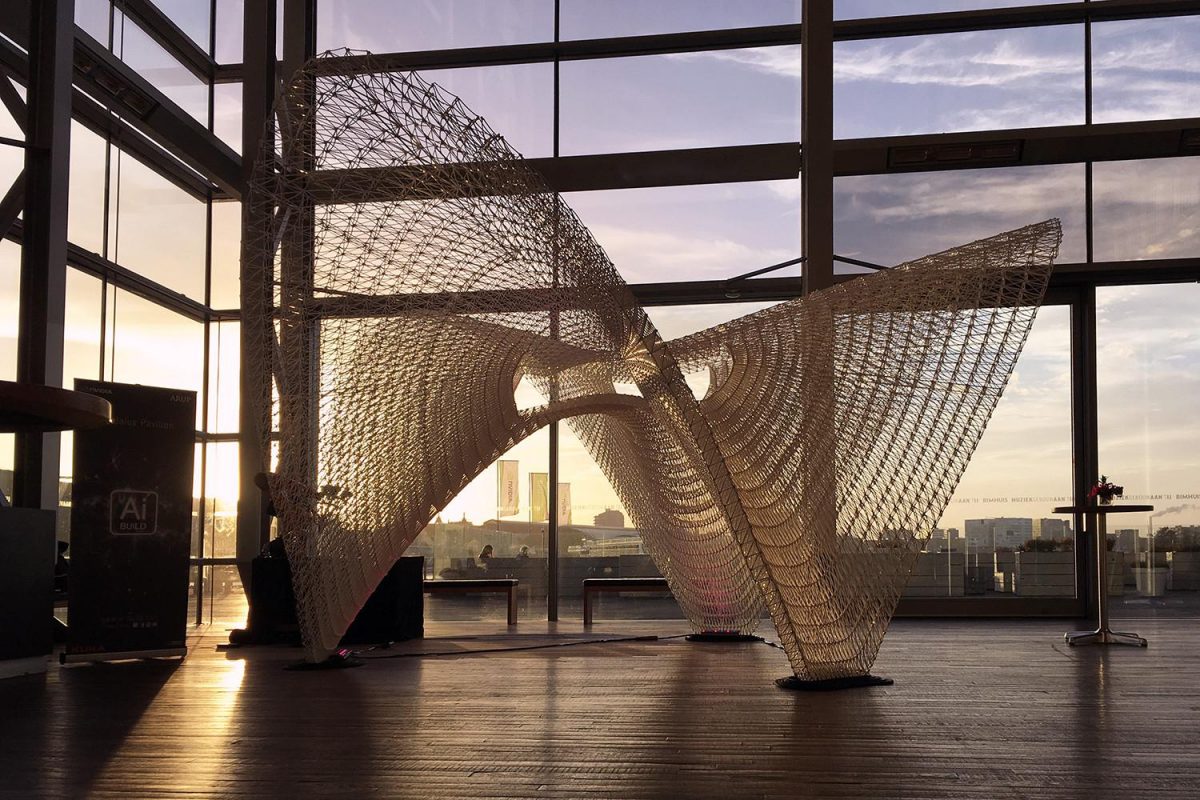Often, people wondering how realistic can 3D printed object be? The answer is quite tricky because technically 3D printing industry has already gone far enough to replicate most objects and can even 3D print figurines of body-scanned people. However, colours have always been a difficulty in making 3D printing realistic. Normally print would require air-brushing or any other colouring technique, but not anymore.
Full-colour 3D printing vs. Multicolour 3D printing
In the 3D printing industry, the term “multicolour” is sometimes used as a synonym for full-colour. However, for clarity, we will explain the difference. Multicolour 3D printers and accessories are able to 3D print a few colours. Multi-filament 3D printers, such as dual extruder 3D printers, are able to 3D print different colours at the same time. These multi-nozzle 3D printers can be considered multi-colour, but not full-colour. This type of 3D printing is also called direct colour 3D printing, as the filament already has a specific colour before being 3D printed.
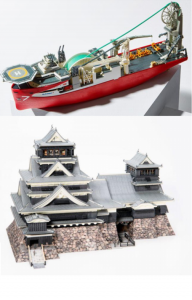
Full-colour printing, on the other hand, uses 3D inkjet technology. Objects can be printed directly in 10 million colours with UV-curable ink. In addition, the support material can be easily dissolved by submerging the object in lukewarm water. This results in a much quicker and less labour-intensive process, where products can come out of the printer in full colour and almost ready-to-use. It’s complex to 3D print in full, photorealistic colour, and there are just a few 3D printer manufacturers including 3DCompare that achieve this.
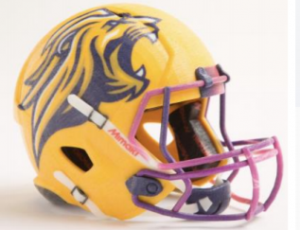
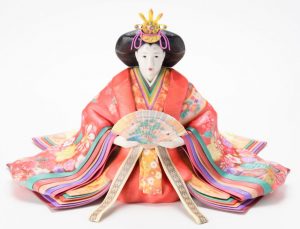
Benefits and application
Full-colour 3D printing is now conquering the market at a great pace. Not only does it shorten time to market, but it also delivers better looking and higher quality products than a standard 3D printer, for example, for making full-colour prototypes of new products. This allows them to rapidly deliver a visually attractive prototype without additional treatments. In practice, we are also seeing the technology being used to print scale models where a lot of detail is required, such as the cabins of a cruise ship, yachts or offshore constructions.
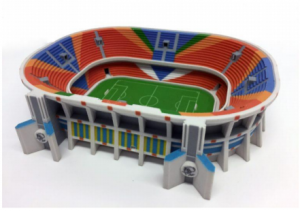 It used to be a big job for model building experts to produce these types of objects. Now it can be done more quickly and at a much lower cost. Full-colour 3D printing is also increasingly interesting for consumers. Artists can thus sell their virtual creations online and print them on demand, ranging from 3D paintings to all kinds of complex sculptures and figurines. Collectors and model builders are also relying on 3D printing in their search for an alternative way to obtain unique or unusual objects.
It used to be a big job for model building experts to produce these types of objects. Now it can be done more quickly and at a much lower cost. Full-colour 3D printing is also increasingly interesting for consumers. Artists can thus sell their virtual creations online and print them on demand, ranging from 3D paintings to all kinds of complex sculptures and figurines. Collectors and model builders are also relying on 3D printing in their search for an alternative way to obtain unique or unusual objects.
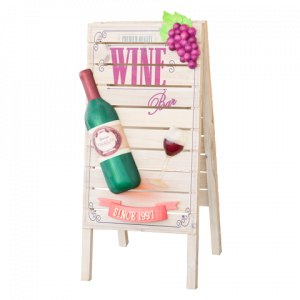
Objects like spare parts, enclosures or electronics covers, are now also available on demand, in all shapes and sizes. With full-colour 3D printing, the 3D models used can also be fully adapted and personalised, without the limitations of mass production. This opens a huge market for companies that want to give consumers access to their small 3D print factory in a user-friendly way.
Full-colour printing is an important breakthrough for the 3D industry, which will provide the market with huge momentum over the coming years.





